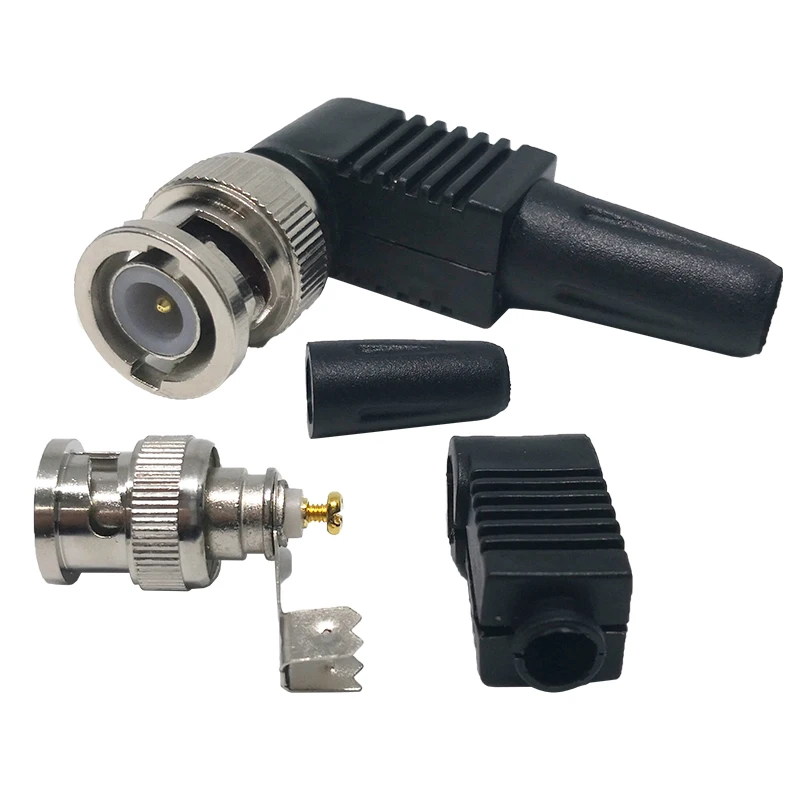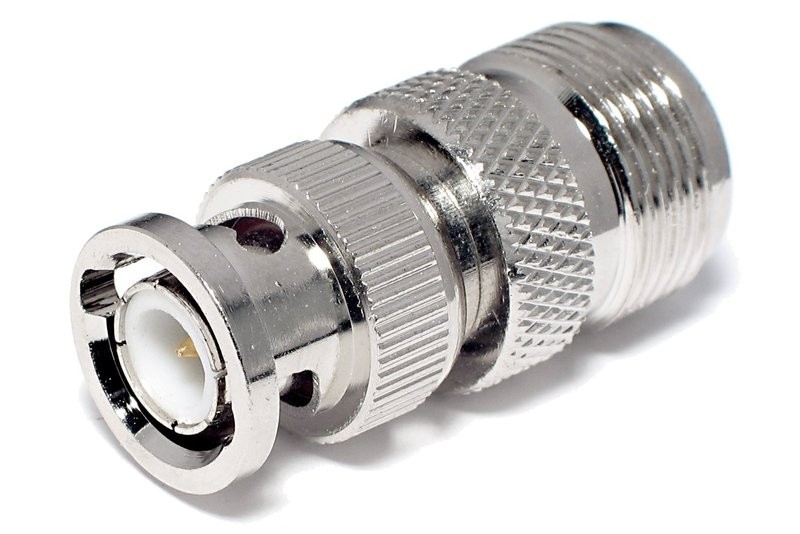
Nearby television, FM radio, mobile & cordless phones, government radiolocation (54–1,002 MHz) transmitters can potentially interfere with a CATV or DTH Satellite reception or operation if the Flex connector is poorly installed.Categories By brand New products Audio and data connectors Video and RF connectors Power connectors, distribution and batteries Connection panels and stageboxes Fibre optic cables, connectors and interfaces Cable assemblies, patchcords and leads Cables Cabling accessories and tools Bags and cases Racks and enclosures Rack accessories and hardware Lights, clocks, furniture, fittings and equipment supports Drives, memory, media, labelling and sound effects Microphones Radio Microphones Microphone supports, amplifiers, powering and accessories Headphones, headsets, earpieces, amplifiers and wireless systems Hearing protection and noise control Record, replay and radio receivers Audio interfacing Video interfacing, processing, monitoring and camera accessories Audio mixers and processing Amplification Loudspeakers and audio monitoring Test and measurement Communications, conferencing and datacoms Assistive Listening Index By brand Index New products Special offers Clearance list

This leakage problem is more an artifact of bent or partly broken push on connectors, but is mostly not observed with compression connectors. Push-on (aka Flex) F connectors provide poorer shielding against microwave signals of high field strength. In Europe, block down-converted satellite signals (950–2150 MHz) from LNBs and DC power and block signalling from satellite receivers are near exclusively passed through F connectors. The cable and satellite television entities (as a near standard practice) use compression fittings with F connectors on customer premises. Corrosion resistance, reliability of connector electrical conduction and water resistance can be improved by coating all bare copper wires and the connectors themselves with silicone grease. This seals between the mating faces of both connectors, providing some protection for the center conductor.Īlternatively, waterproof versions or enclosures are recommended for outside use (for example, on antennas). However, male connectors are commonly enhanced with an o-ring (of about 7 mm) inside the captive nut. Neither the threads nor the joint between male connector body and captive nut provide a water-tight seal. This design is sensitive to the surface properties of the inner conductor (which must be solid wire, not stranded). They can be manufactured as a single piece, with center sockets and dielectric, entirely at the factory where tolerances can easily be controlled. Push-on versions are also available.įemale connectors are typically used on bulkheads or as couplers, often being secured with the same threads as for the connectors.

Thus, the male connector consists of only a body, which is generally crimped onto or screwed over the cable shielding braid, and a captive nut, neither of which require tight tolerances. The coaxial cable center conductor forms the pin, and cable dielectric extends up to the mating face of the connector. The design allows for low-cost construction, where cables are terminated almost exclusively with male connectors. The male connector has a center pin, and a captive nut with internal threads. The female connector has a socket for the center conductor and external threads.

It has good 75 Ω impedance match for frequencies well over 1 GHz and has usable bandwidth up to several GHz.Ĭonnectors mate using a 3/8-32 UNEF thread. The F connector is an inexpensive, gendered, threaded, compression connector for radio frequency signals. In the 1970s, it became commonplace on VHF, and later UHF, television antenna connections in the United States, as coaxial cables replaced twin-lead. Winston in the early 1950s while working for Jerrold Electronics on their development of cable television. The F connector (also F-type connector) is a coaxial RF connector commonly used for "over the air" terrestrial television, cable television and universally for satellite television and cable modems, usually with RG-6/U cable or with RG-59/U cable. Hex drive (male and female) A/F 7⁄ 16 in (11 mm) Female 3⁄ 8 in (9.5 mm) external threads Male Varies by cable size


 0 kommentar(er)
0 kommentar(er)
